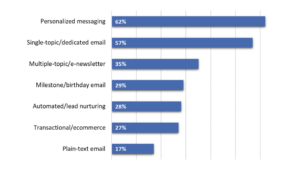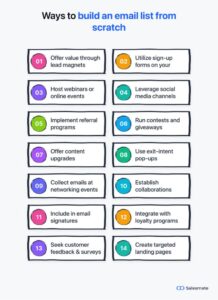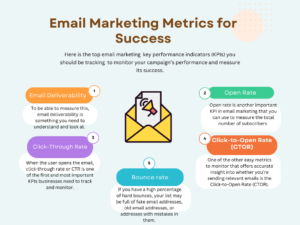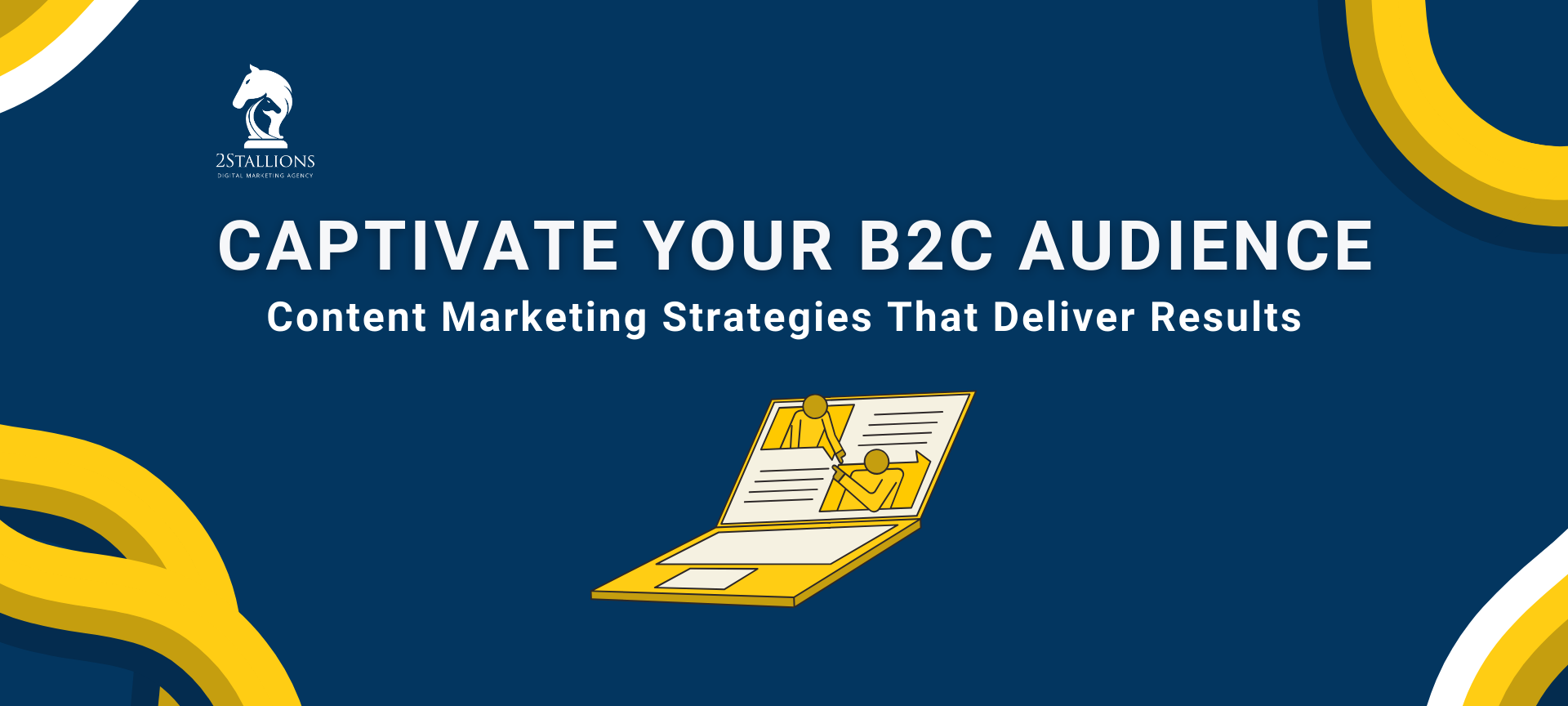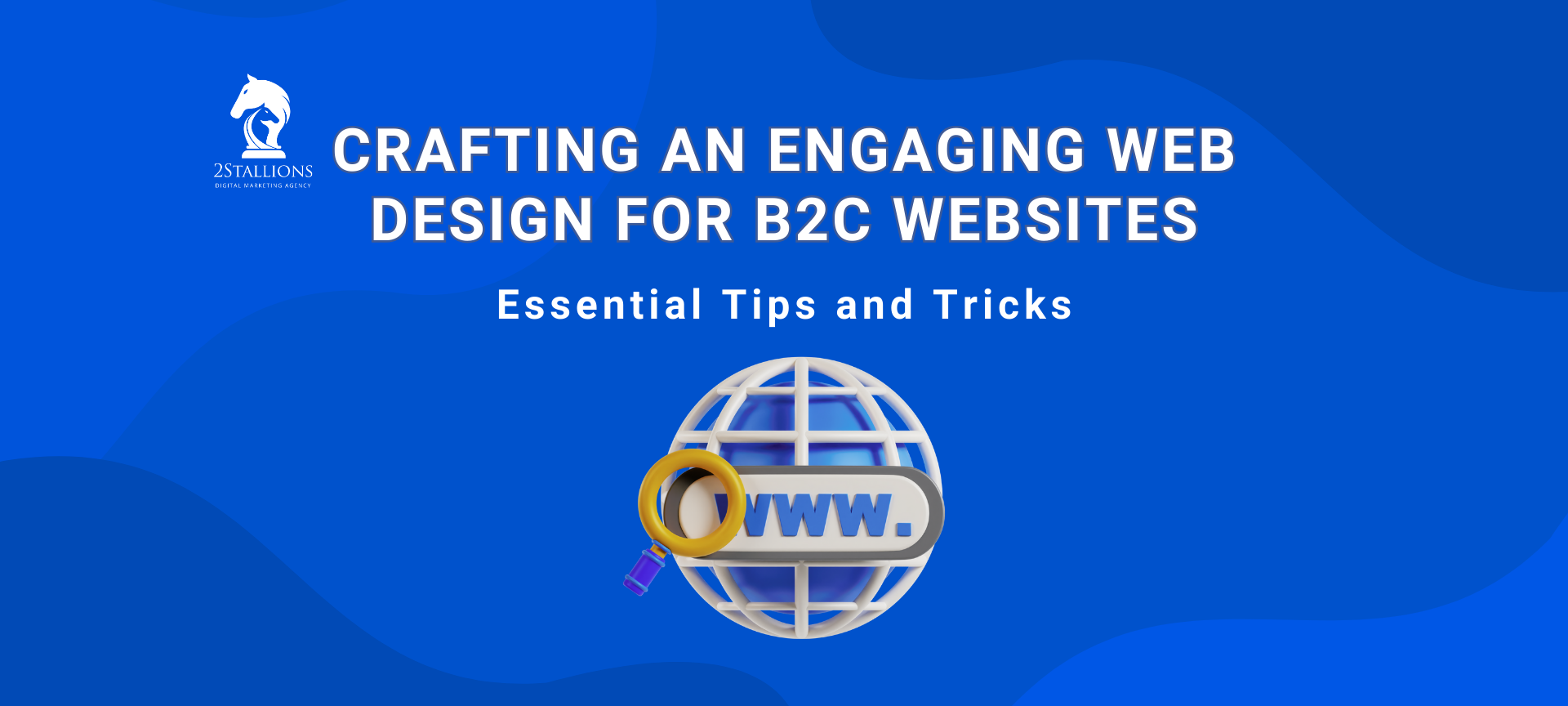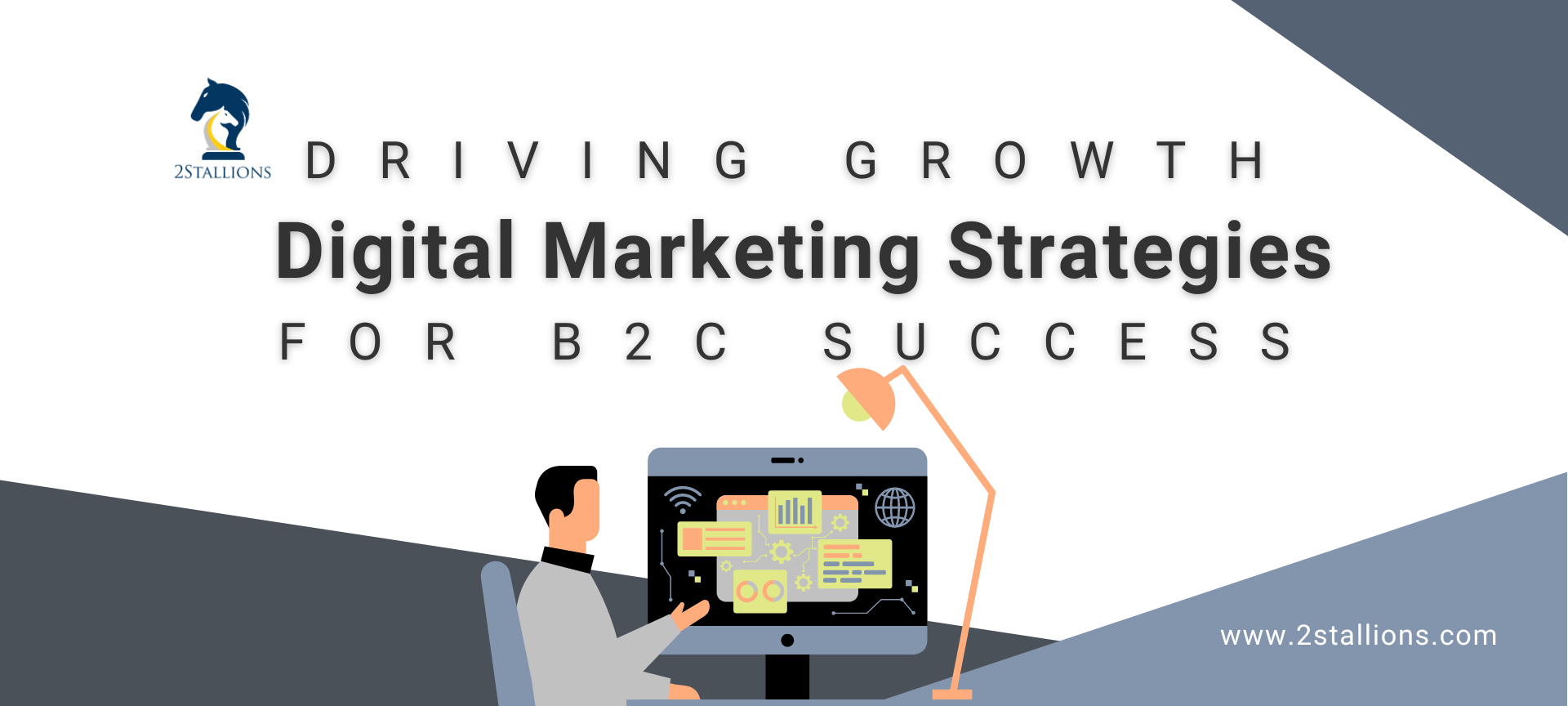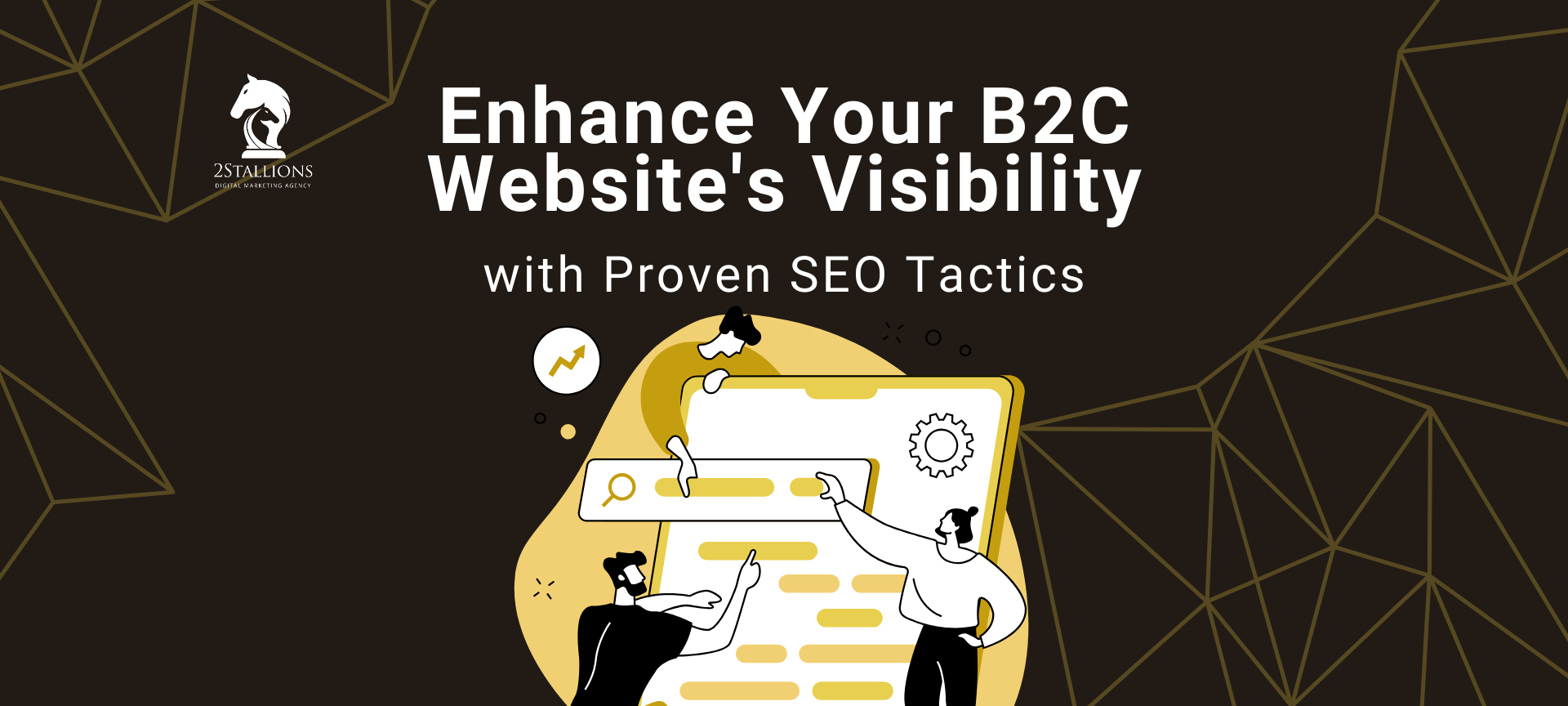Content
SHARE
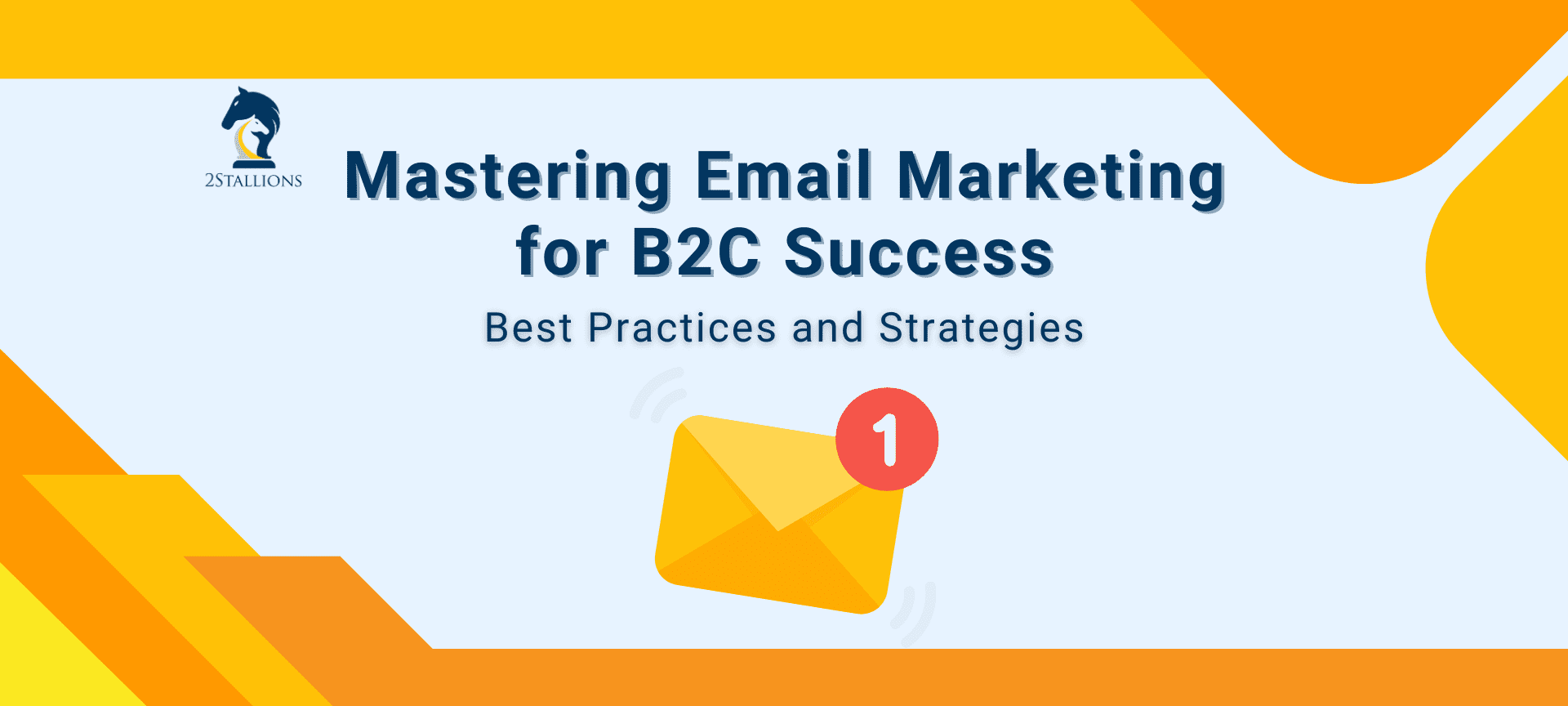
Email marketing has become essential for businesses looking to connect with their customers. In the B2C (Business-to-Consumer) arena, email marketing is crucial in reaching and engaging with the target audience. By understanding the importance of email marketing in B2C and implementing the right strategies, businesses can achieve exceptional results and maximise success.
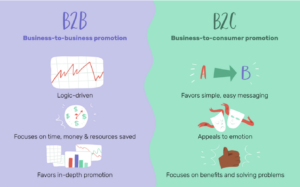
(Source: Send Pulse )
Understanding the Importance of Email Marketing in B2C
Email marketing is an effective way to build and nurture customer relationships. It helps you to deliver personalised messages directly to their inbox, enabling you to stay in touch and engage them regularly. Unlike other marketing channels, email marketing enables businesses to access their customers directly, increasing the chances of driving conversions and generating revenue.
The Role of Email Marketing in B2C
In B2C marketing, email is a cost-effective tool that allows businesses to communicate with their customers at scale. It is a direct line of communication, enabling brands to inform, educate, and engage their target audience. From promotional offers and product updates to newsletters and customer loyalty programs, email marketing helps businesses stay top-of-mind and build lasting customer relationships.
Benefits of Effective Email Marketing
Effective email marketing offers numerous benefits for B2C businesses. Firstly, it allows brands to reach a large audience with minimal effort and cost. With a well-crafted email, brands can communicate their message to thousands of customers, increasing brand visibility and awareness.
Secondly, email marketing enables businesses to deliver personalised content to their customers. Segmenting their email list and tailoring the content to specific customer groups can provide relevant and targeted information, increasing engagement and conversions.
Thirdly, email marketing offers measurable results. With the help of analytics and key metrics, businesses can track the success of their email campaigns, allowing them to make data-driven decisions and optimise their marketing strategies.
Moreover, email marketing allows businesses to stay ahead of the curve by keeping up with the latest trends and industry news. By including informative articles, industry insights, and expert opinions in their emails, businesses can position themselves as thought leaders and trusted sources of information in their respective fields.
Furthermore, email marketing allows showcasing their creativity and brand personality. Through well-designed templates, captivating visuals, and compelling copy, businesses can create memorable and engaging email campaigns that leave a lasting impression on their customers.
Lastly, email marketing fosters a sense of exclusivity and personal connection with customers. By offering exclusive discounts, early access to new products, or personalised recommendations based on customer preferences, businesses can make their customers feel valued and appreciated, strengthening the bond between the brand and the consumer.
( Source: Send Pulse )
Crafting the Perfect B2C Email
To ensure the success of your email marketing campaigns, it’s crucial to craft compelling and engaging emails. Every email element should be carefully considered and designed to captivate the audience. Here are some key aspects to focus on:
When crafting the perfect B2C email, it’s essential to pay attention to the finer details that can make a significant difference in the success of your campaign. From the choice of colours and fonts to the overall layout and structure, each element plays a vital role in capturing the attention of your audience and driving engagement.
The Art of Subject Lines
The subject line is the first thing recipients see in their inbox. It should be short, attention-grabbing, and relevant to the content of the email. A compelling subject line increases the chances of the email being opened and read by the recipient.
When crafting your subject line, consider using personalisation techniques or posing a question to pique the recipient’s curiosity. Creating a sense of intrigue or offering a solution to a problem can entice the reader to open the email and discover more about what you offer.
Personalisation in Email Marketing
Personalisation is a powerful technique that can enhance the effectiveness of your B2C emails. By addressing the recipients by name and tailoring the content to their specific interests and preferences, you can create a personalised experience that resonates with your audience.
Furthermore, personalisation goes beyond just using the recipient’s name. Consider segmenting your email list based on demographics, past purchase behaviour, or engagement levels to deliver targeted content that is more likely to convert. Understanding your audience’s needs and preferences can build customer trust and loyalty.
The Importance of a Clear Call to Action
A clear and prominent call to action (CTA) is essential in every email. Whether it’s directing the recipients to purchase, sign up for a newsletter, or engage with your content, the CTA should be persuasive and easily accessible. You can drive conversions and achieve your marketing objectives by guiding your readers towards the desired action.
When designing your CTA, consider using action-oriented language that creates a sense of urgency or excitement. Additionally, make sure the CTA stands out visually by using contrasting colours or bold fonts. By making it easy for recipients to take the next step, you can increase the likelihood of them following through on your desired outcome.
( Source: Salesmate )
Building a Robust Email List
An effective email list is essential for successful B2C email marketing. Growing and maintaining a robust email list ensures a receptive audience for your campaigns. Here are some strategies for building and nurturing your email list:
Building a strong email list is not just about quantity but also quality. It’s important to attract subscribers genuinely interested in your brand and content. One way to achieve this is by creating targeted opt-in forms that cater to specific customer segments. By offering relevant content and personalised incentives, you can attract subscribers more likely to engage with your emails and convert customers.
Moreover, engaging with your subscribers regularly is key to maintaining a healthy email list. Sending personalised emails, conducting surveys to understand subscriber preferences, and segmenting your list based on behaviour can help you tailor your content to meet the needs and interests of your audience. Fostering a sense of community and value through emails can build long-lasting relationships with your subscribers.
Strategies for Growing Your Email List
Offering incentives such as exclusive discounts or valuable content in exchange for email sign-ups can encourage customers to subscribe to your mailing list. Furthermore, optimising your website with prominent sign-up forms and utilising social media to promote your mailing list are effective ways to attract new subscribers.
Maintaining Email List Hygiene
To ensure the effectiveness of your email marketing efforts, it’s essential to keep your email list clean and up-to-date. Regularly removing inactive or disengaged subscribers and managing bounces and unsubscribes can improve your deliverability rates and maintain a healthy email list.
( Source: Mass Mailer )
Measuring the Success of Your Email Marketing Campaigns
Tracking the performance of your email marketing campaigns is crucial to understanding their impact and optimising your strategies. By monitoring key metrics and interpreting email marketing analytics, you can gain valuable insights into your audience’s behaviours and preferences. Here are some key metrics to track:
When delving into email marketing analytics, it is essential to grasp the intricate web of data that unfolds before you. Open rate, click-through rate, conversion rate, and unsubscribe rate stand as pillars of insight, offering a glimpse into the effectiveness of your email campaigns. These metrics serve as beacons guiding you through the vast sea of digital communication, illuminating the path towards success.
Key Metrics to Track in Email Marketing
Open rate, click-through rate, conversion rate, and unsubscribe rate are some of the key metrics that provide insights into the effectiveness of your email campaigns. By analysing these metrics, you can identify areas for improvement and make data-driven decisions to enhance your performance.
Embarking on interpreting email marketing analytics requires a keen eye for detail and a thirst for knowledge. Diving deep into the ocean of data, one must navigate through the waves of information, seeking patterns and correlations that reveal the secrets of audience engagement. Trends emerge like ripples on the surface, offering a glimpse into the ever-changing landscape of consumer preferences.
Interpreting email marketing analytics involves understanding how different factors contribute to the success or failure of your campaigns. By analysing trends, segmenting data, and conducting A/B testing, you can gain deeper insights and refine your strategies to achieve better results.
( Source: Advisera )
Navigating Email Marketing Laws and Regulations
When conducting B2C email marketing, it’s important to understand and comply with relevant laws and regulations. Non-compliance can lead to legal consequences and tarnish your brand’s reputation. Here are two key requirements to be aware of:
Understanding GDPR and Email Marketing
The General Data Protection Regulation (GDPR) is designed to protect the privacy and rights of individuals within the European Union (EU). If your business targets EU customers, you must ensure that your email marketing practices comply with GDPR guidelines, including obtaining consent and providing clear opt-out options.
Complying with the CAN-SPAM Act
The CAN-SPAM Act sets rules for commercial emails sent within the United States. To comply with this act, businesses should include accurate sender information, provide recipients with the option to unsubscribe, and honour opt-out requests promptly. Adhering to these regulations promotes ethical email marketing practices and maintains trust with your audience.
In conclusion, mastering email marketing is essential for B2C success. By understanding the importance of email marketing, crafting compelling emails, building a robust email list, measuring campaign success, and navigating email marketing laws and regulations, businesses can implement best practices and strategies to achieve exceptional results in their B2C email marketing efforts.
Frequently Asked Questions About Mastering Email Marketing for B2C Success: Best Practices and Strategies
What are the best practices for B2C email marketing in 2024?
Best practices include personalising content to resonate with recipients, segmenting your audience for targeted campaigns, automating email sequences for efficiency, and consistently testing and optimising emails for performance.
How can segmentation improve email marketing campaigns?
Segmentation improves email campaigns by allowing marketers to tailor messages based on customer behaviour, preferences, and demographics, leading to higher engagement rates, better customer satisfaction, and increased conversions.
What role does personalisation play in email marketing?
Personalisation enhances the relevance of emails, making recipients more likely to engage with the content. This can be achieved through dynamic content that adapts to user interactions, personalised product recommendations, and customised messaging.
What strategies can be used to increase email open rates and conversions?
Strategies to boost open rates and conversions include crafting compelling subject lines, optimising send times based on user activity, designing mobile-friendly emails, and providing clear, actionable calls-to-action within the content.

